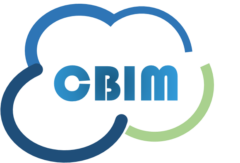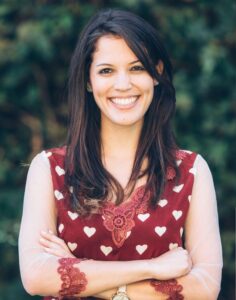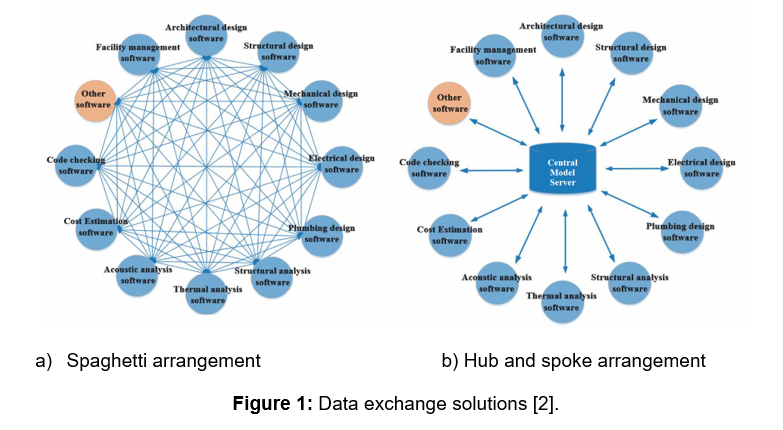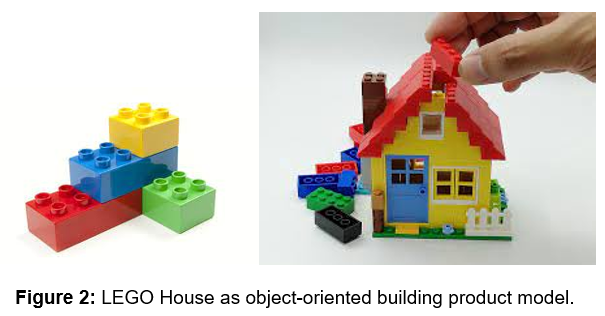



CBIM - European Training Network
Interoperability in Building Information Modelling
|
As the need for collaborative design, construction and asset management in the Architecture, Engineering and Construction (AEC) industry expands across multiple professions, domains, life cycle phases, data sources and data sets, the need for interoperability arises. To explore the definition, importance and basis of interoperability, this blog post addresses the following questions:
What is interoperability and why is it important?According to ISO/IEC 2382:2015, interoperability is defined as the ability to exchange data between applications [1]. It enables multiple applications to jointly contribute to a project by allowing the movement of information. Interoperability eliminates the need to manually copy existing data within different applications, facilitating their automation and smoothing workflows. Data exchange solutions can be classified into the following:
An obvious difference between these two approaches is the reduction in the number of exchanges. Another difference is the data formats that are used in these arrangements. Most of the data formats used in the spaghetti arrangement are proprietary (owned by a specific vendor), while the ones used in the hub and spoke arrangement are commonly vendor-neutral data formats. As a result, hub and spoke arrangements have the most suitable system architecture patterns to promote data interoperability in environments where multiple domains need to communicate effectively. Although the use of central models is most suitable to achieve interoperability, it still faces challenges. As seen on Figure 1, different disciplines often use different software tools during the life cycle of an asset. In some cases, even a single discipline may have multiple software tools and data exchange processes (for example the use of Revit, ArchiCAD and AutoCAD in architectural design). In addition, most central models store information that is common across all disciplines (the lowest common denominator), rather than all the information generated by each discipline. As a result, the data exchange processes across these multidisciplinary tools can lead to inaccurate core models with data inconsistency, data loss, and data omissions. Developing interoperable tools that can overcome the aforementioned challenges is crucial to facilitate the digitisation of the AEC industry. These tools ensure data accessibility, data maintainability and collaborative workflows while avoiding vendor lock-in. The next section will provide a brief discussion regarding the foundation of these important tools. What is the foundation of interoperable tools?To enable effortless data exchange between AEC applications, it is essential to organise and describe explicitly the structure of the data in a machine-readable model, known as building product data model (e.g. STEP ISO-10303). So, how do we structure this data model? To find the answer, we need to understand that the purpose of interoperable tools is not only to read (i.e. parse) the data transferred from another tool, but more importantly, to reuse it and build on top of it (i.e. enrich), employing the same data structure. An effective way to provide this extensibility feature in product models is to organise information in objects (i.e. entities) that share common characteristics (properties/attributes), a process known as object-oriented building product modelling. BIM is an object-oriented data model Building Information Modelling (BIM) consists of digital elements (represented as objects) and their relations (how these objects are connected). To understand the concept of object orientation in BIM we can visualize it as “LEGO”, where small pieces represent building elements (objects or entities) that should be associated (through relationships or links that define their connections) in an explicit way to represent the building. Representing a building model as a set of composed objects is a good way to understand the basic underlying data structure of BIM. However, BIM objects do not only represent physical objects (i.e. door) but also conceptual entities such as a zone, construction or maintenance information, stakeholders as well as relationships between objects (i.e. associations). In this way, BIM works as a data repository that includes any information related to the building and its lifecycle. In this repository, BIM objects should be uniquely identified (i.e. Global Unique Identifier - GUID) and contain properties that represent their common attributes. Furthermore, BIM contains association objects that describe how objects are connected with one another. In Table 1, some examples of BIM objects, attributes, and associations are illustrated.
In practice, structuring building data in objects is the main idea behind the Industry Foundation Classes (IFC), a vendor-independent data model, developed by the non-profit organisation buildingSmart International, with the goal to provide interoperability between different AEC tools.
How to achieve seamless interoperability?To properly connect, communicate and coordinate concepts between distinct software tools and interdisciplinary domains, we need to agree on how to exchange the data (syntax), what we mean by the data (semantics), and how to organise the data (process) (Figure 3) [3,4].
The combination of these three elements, widely supported by open, vendor-neutral data standards, promotes higher levels of BIM scalability and multidisciplinary through the common alignment of information and workflow processes. A detailed discussion about these data standards will be the subject of our upcoming blog post on “OpenBIM standards”. Interoperability has the potential to unlock the value of cloud-based BIM applications throughout the entire lifecycle of built assets. Achieving seamless interoperability in the AEC industry is a work in progress. Many advances have been made so far, including data exchange approaches between cross-domain software applications (e.g. BIM authoring tools with IoT, databases and/or virtual reality applications). However, most of these solutions remain use-case-specific and many lack semantic alignment and standardised workflows, making room for many research opportunities in this field. (See in our BIM Research and Implementation Roadmap blog post for a list of research trends to address interoperability and other challenges in BIM research). This blog post was based on a recent lecture delivered by the renowned BIM researcher Rafael Sacks during the Cambridge BIM School held in December 2020. Other references[1] International Organization for Standardization (ISO), ISO/IEC 2382:2015 Information technology — Vocabulary, 1st ed. 2015. [2] Lai, H., & Deng, X. (2018). Interoperability analysis of IFC-based data exchange between heterogeneous BIM software. Journal of Civil Engineering and Management, 24(7), 537-555. https://doi.org/10.3846/jcem.2018.6132 [3] Sacks, R., Eastman, C. M., Lee, G., and Teicholz, P. (2018). BIM Handbook: A Guide to Building Information Modeling for Owners, Designers, Engineers, Contractors and Facility Managers. John Wiley and Sons, Hoboken, NJ. (Chapters 1-3) [4] Petrie, R.. Enabling the Digital Revolution. buildingSMARTInternational March 2021. |

Flavia de Andrade Pereira |
|
|
|
|







